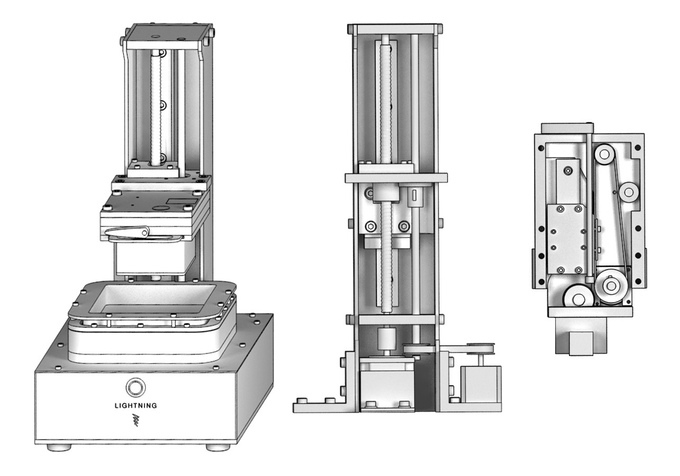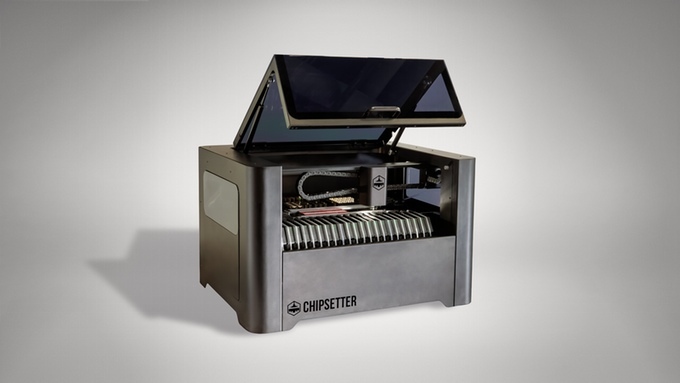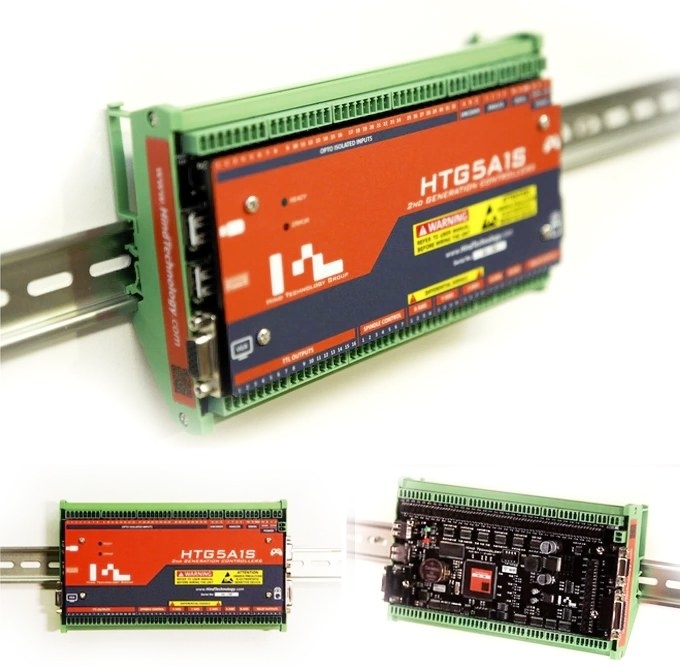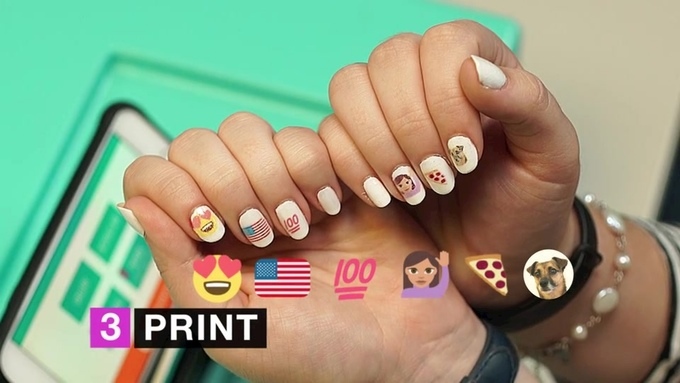Kick NOW! Trends in crowdfunding, part 1

What projects take off, what - no? What are users from all over the world ready to acquire today? What service do they need? What decides - cost, service, support or innovation?
Let's try to make out Kickstarter and projects - both the best and worst. Let's start with one direction DIY, unexpectedly filled with successful (for creators) projects. Home machines and 3D printers.
The availability of means of labor is one of the most important rules of a developed society. Apparently, such a thought firmly stuck in the heads of developers and consumers.
')
There is no real need for mass production of home devices for three-dimensional printing, laser cutting and automatic processing. Not many developers, not many fans. But the development of such machines is increasing - as well as their acquisition.
Trend # 1 - 3D Printers
Three-dimensional printing is truly one of the most popular areas of engineering. On Kickstarter, at the same time, a lot of similar projects coexist successfully. Of course, thanks to the wild competition often appear original devices at low prices. But in the sea of 3D printers, there are also frank copies of Chinese devices - although they are gaining popularity.
For example, Blacksmith offered by the Yellow3D team combined three devices in a familiar package: a 3D printer , a laser engraver and a milling machine . Changing the way of work is achieved by changing the working head.
In the complete set - all three, as well as a complete assembly. Separately, you can buy a control board, housing, or one of the workers' heads. In addition, the developers came up with an interesting piece - an additional head with a clip for the buyer's own tools. To it - mount and control board with I2C-interface. Great idea - but the total cost of the set is £ 850 . And it is quite expensive: separately, devices may be cheaper. Especially with the small working field - 20 x 20 x 15 cm .
The Lightning project from the company of the same name is a slightly more interesting project. DLP-printer assembly for 1500 pounds ($ 2,400) - quite a pleasant purchase, if you do not forget that the Chinese comrades have analogues starting from $ 1,200.

True, there are still differences from analogs. The print resolution on the 0x / 0y axes is 62.5 microns , on the 0z axis - 20 microns . Print speed is 3.8 centimeters per hour . Quite good results given the fact that the company promises support, service (how?).
The guys from Robo 3D decided to send their forces in the other direction. Their Robo C2 (with one nozzle) and Robo R2 (with two nozzles) are a great illustration of the “things” in IoT.

Devices are controlled using an application for Android and iOS, in which there is not only the ability to control the printer. It is possible to control the printing process in real time, in-line purchases of consumables and components, and even the ability to print models from libraries of 3D projects.
So, despite the rather high cost ( $ 500 for the basic version and $ 1000 for the increased one ), the printer has already found its customers. With it, even the housewife will start typing, especially since the device is supplied as an assembly, after adjustment.
Trend number 2 - small industrial devices
Is only a three-dimensional printing housewife need? Very cool guys from Chipsetter , on whose account there are already 7 projects, do not think so. Therefore, announced the next unit. For only 2000 US dollars, the buyer will receive a small conveyor for the production of electronic devices.

The Chipsetter ONE housing hides a robotic head for placing elements on the board, a soldering stove and two conveyors with trays for feeding SMD and overall components (connectors, microcircuits). The speed of the project in comparison with the manual and mechanized way looks like this:

(the total time for soldering 5 boards is indicated, each of which contains 40 SMD components and 15 power supply pads).
And if you automate the process of manufacturing printed circuit boards, or order at the nearest factory (good, boards are bred in Russia), you can place the factory not even in the garage, but on the desktop in your own apartment.
The creators of MASSO went even further. In general, any project of a home machine or printing device limits the design possibilities to the use of those components that are available to the developer. Sometimes the kit is purchased in order to disassemble and / or modify.

So - MASSO is a simplified, unified module for creating automated platforms for processing (or applying) materials. The board provides input interfaces ( USB for keyboard, drive; special inputs for joystick and simplified control panel ) and output (monitor). Available separate control of movement along the axes (there are 5) and spindle rotation (if any), MODBUS bus, analog and serial interface and a bunch of other features. The cost is palpable - $ 600 . But getting a similar analogue of an industrial controller is well worth it.
Trend number 3 - industrial devices for domestic needs
Automation of domestic processes is in the Stone Age. And this is despite the fact that a person in certain operations may well be replaced by a robot. Of course, there is the issue of scale - say, printing roses on a cake is unlikely to pay off if it is used only for home holidays.
But someone Pree Walia (I will not translate, even cut) decided to risk the release of a home device and offered his concept of a home device. Nailbot (“notebot”) while can only print beautiful pictures on pre-prepared nails.

The gadget works like this: the nail is varnished, processed with the basis for printing, then the desired design is selected on a portable device, the finger is placed on the printing site - voila, a beautiful picture is in place.
In fact, the device is just a color printer adapted for a specific task with a suitable ink. The pictures are laid in the corresponding app for Android and iOS. You can add your own, you can use stock.

The gadget is clearly designed for Japanese gadget. But in the European world you can imagine it. $ 200 apiece - a small fee for regular (perhaps daily) customers of the manicure service, Chinese counterparts are an order of magnitude more.
This is why?
It so happened that our service is used mainly for the transport of electronics, clothing, shoes and sports accessories. Time does not stand still, and we want to promote, transport something more relevant than Levi's or Dr. Martens.
Therefore, we want to actively promote the purchase of electronics for DIY projects. To do this, we continue to share with the promotional code "geektimes." He gives free admission of incoming packages to the Pochtoy.com warehouse, and $ 5 in the account.
In one package of USPS we can bring a gadget with a battery + an additional battery. Or up to 5 batteries by sea (details in private messages and on the website). Or up to 5 Raspberry Pi Zero in one shipment. We are waiting for your suggestions - that I would like to bring, but so far it has not turned out.
Source: https://habr.com/ru/post/398257/
All Articles